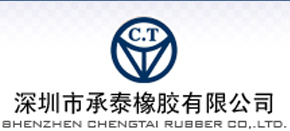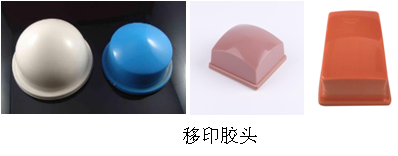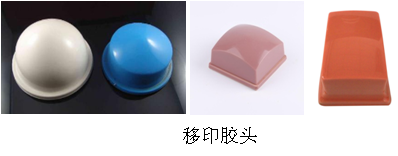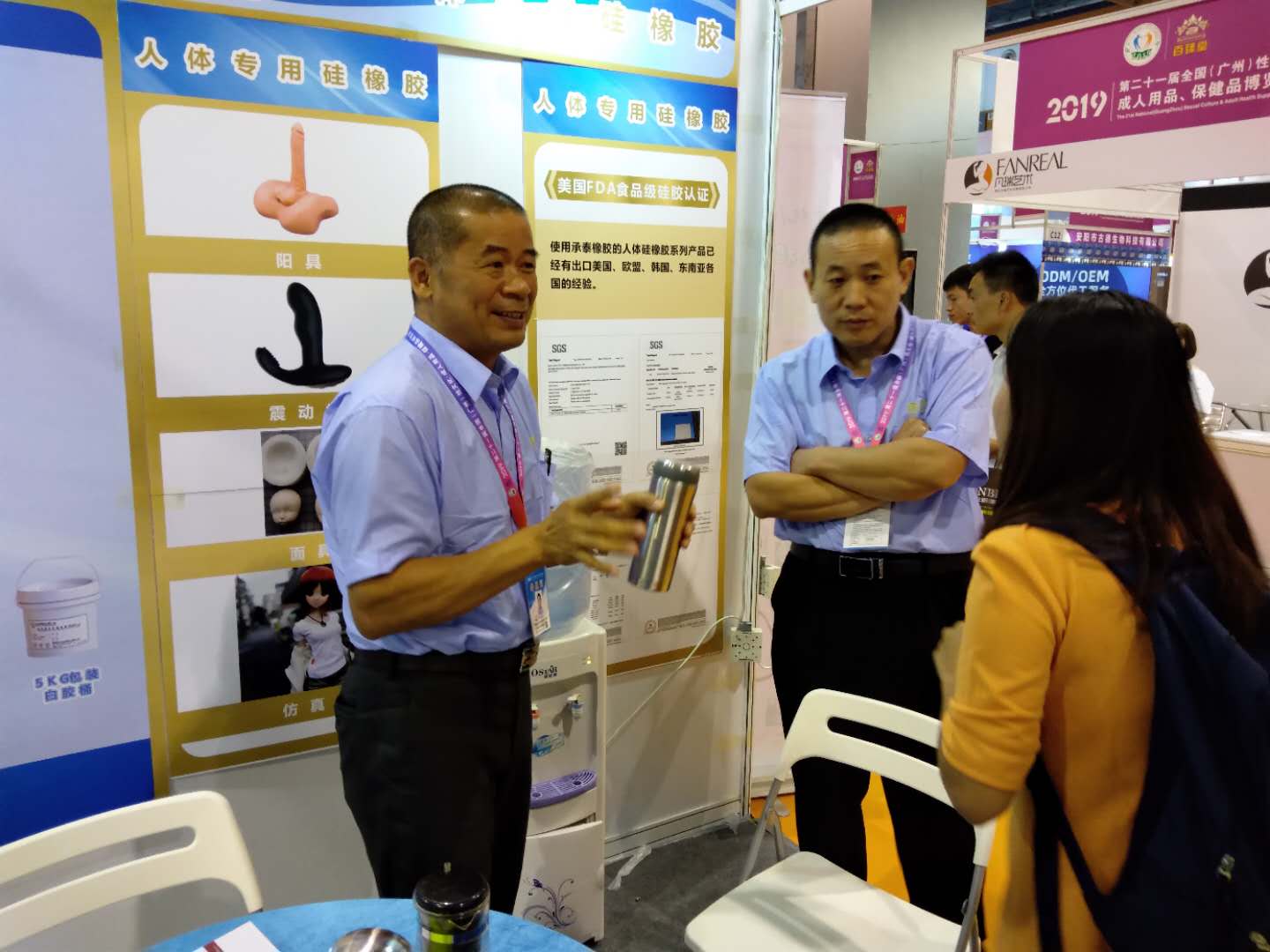Technology
技术前瞻
新闻推荐
友情链接
Silicone Rubber knowledge
What is silicone rubber
Silicone rubber (SiliconeRubber) is a kind of polymer elastic material with both inorganic and organic properties. Its molecular primary bond is composed of silicon atoms and oxygen atoms (-Si-o-Si-). Up to 370kj/mol, which is much larger than the carbon-carbon bond of ordinary rubber, 240KJ/mol, which is one of the main reasons for the high thermal stability of silica gel. Silicone rubber has the widest operating temperature range (-100 ~ 350oC), excellent high and low temperature resistance, in addition, excellent thermal stability, electrical insulation, weather resistance, ozone resistance, gas permeability, high transparency , tear strength, excellent heat dissipation and excellent adhesion, fluidity and mold release, some special silicone rubber also has excellent oil resistance, solvent resistance, radiation resistance and use at ultra-high temperature.
Silicone rubber is a unique synthetic elastomer made from a polymer crosslinked by oxygen and silicon. It perfectly balances mechanical and chemical properties to meet today's demanding applications.
Silicone materials are mainly composed of silicone oil, silicone rubber, silicone resin and silane coupling agent. Silicone rubber is one of the largest and most widely used products in silicone products. Its main component is a high molar mass linear polysiloxane. Since the Si-O-Si bond is the basic bond type of the Si-O-Si bond, the silicon atom is mainly linked to the methyl group, and a very small amount of unsaturated groups are introduced into the side chain. The intermolecular force is small, the molecule has a helical structure, and the methyl group faces outward. Arranged and freely rotatable, so silicone rubber has excellent resistance to high and low temperature, weather resistance, water repellency, electrical insulation, physiological inertness, etc., and is obtained in national defense industry, medical and health, industrial and agricultural production and people's daily life. Widely used.
Silicone rubber excels in the following areas:
High and low temperature stability
Inert (odorless and odorless)
Transparent, easy to color
Wide range of hardness, 10-80 Shore hardness
Chemical resistance
Electrical property
Compression resistant deformation
In addition to the above-mentioned superior properties, silicone rubber is particularly easy to manufacture compared to conventional organic elastomers. Silicone rubber is easy to flow, so it can be molded, calendered and extruded with low energy consumption. Easy to process means high productivity.
Silicone rubber can be supplied in the following form:
Mixture: This ready-to-use material can be colored and catalyzed according to your processing equipment and end use.
Base stock: These silicone polymers also contain reinforcing fillers. The rubber base stock can be further compounded with pigments and additives to form a rubber compound to meet your color and other manufacturing requirements.
Liquid Silicone Rubber (LSR): This two-component liquid rubber system can be pumped into a suitable injection molding equipment and then heat cured into a molded rubber part.
Fluorosilicone rubber compounds and base materials: Fluorosilicone rubber retains many of the key properties of silicones. In addition, it has excellent chemical, fuel and oil resistance.
Main properties and applications of silicone rubber
According to its vulcanization temperature, silicone rubber can be divided into high temperature (heating) vulcanization type and room temperature vulcanization type. High temperature glue is mainly used to manufacture various silicone rubber products, while room temperature glue is mainly used as adhesive and potting. Use of materials or molds.
(1) Thermal vulcanized silicone rubber (HTV)
Hot vulcanized silicone rubber (HTV) is the most important class of silicone products. Methyl vinyl silicone rubber (VMQ) is H.
The most important variety in TV, commonly known as high temperature glue.
Methyl vinyl silicone rubber (green rubber) is a colorless, odorless, non-toxic, non-mechanical impurities. The raw rubber is mixed with additives such as a suitable reinforcing agent, structure control agent and vulcanizing agent as needed. Refining, then heating molding or extrusion molding, and then two-stage vulcanization to make various products. Its products have excellent electrical insulation, anti-arc, corona, electric sparking ability, waterproof, moisture-proof, impact resistance, shock resistance, physiological inertness, gas permeability and other properties.
Mainly used in aviation, instrumentation, electronics, marine, metallurgy, machinery, automotive, medical and other departments, can do a variety of shapes of seals, gaskets, tubes, cables, but also human organs, blood vessels, gas permeable membranes and Rubber molds, precision casting release agents, etc.
(2) Room temperature vulcanized silicone rubber (RTV)
Room temperature vulcanized silicone rubber generally includes two types of condensation type and addition type.
The addition molding room temperature glue is based on a linear polysiloxane having a vinyl group as a crosslinking agent, and a hydrogen siloxane is used as a crosslinking agent, and a crosslinking reaction occurs at room temperature to a medium temperature in the presence of a catalyst to become an elastomer. It has good heat resistance, water repellency and electrical insulation, and it has excellent physical and mechanical properties due to the introduction of active end groups, especially in terms of tensile strength, relative elongation and tear strength. Improvement. It is suitable for a variety of vulcanization methods, such as radiation vulcanization, peroxide vulcanization and addition vulcanization, widely used in heat, moisture, electrical insulation, high strength silicone rubber products.






